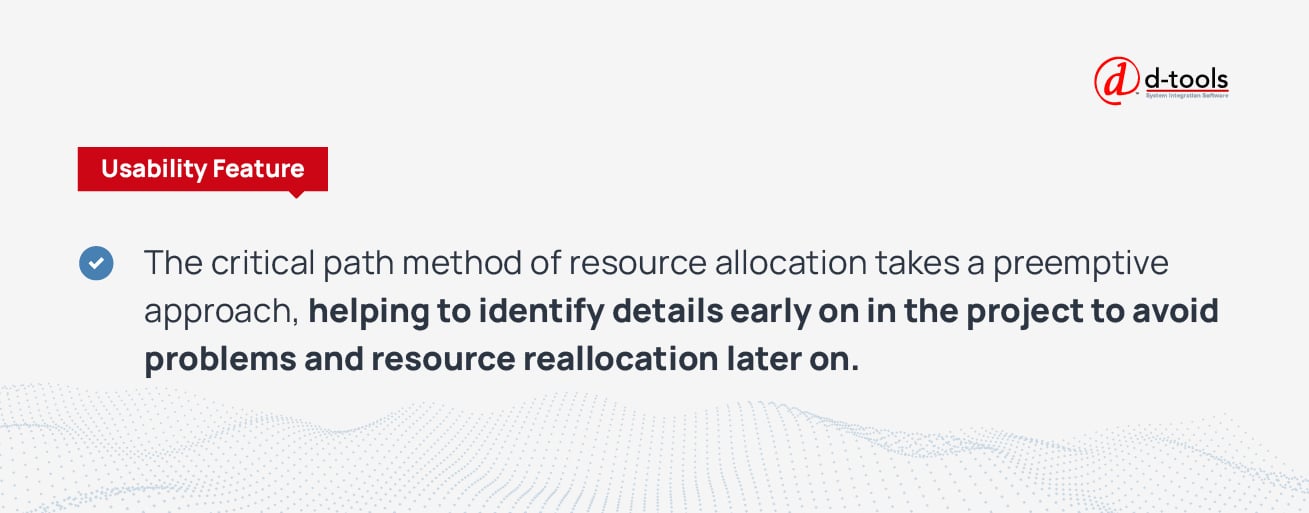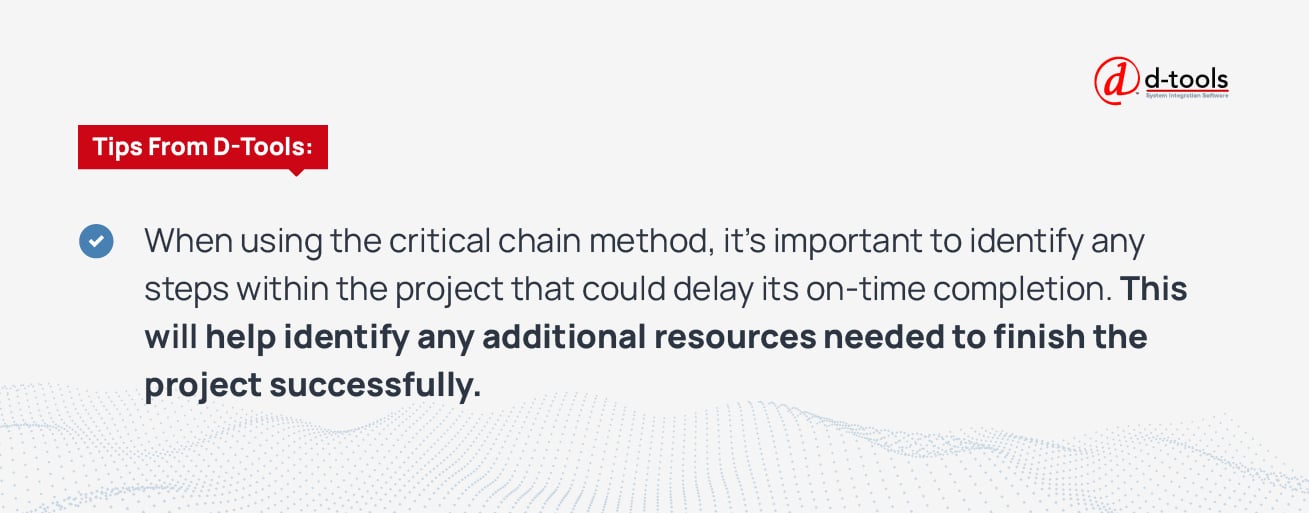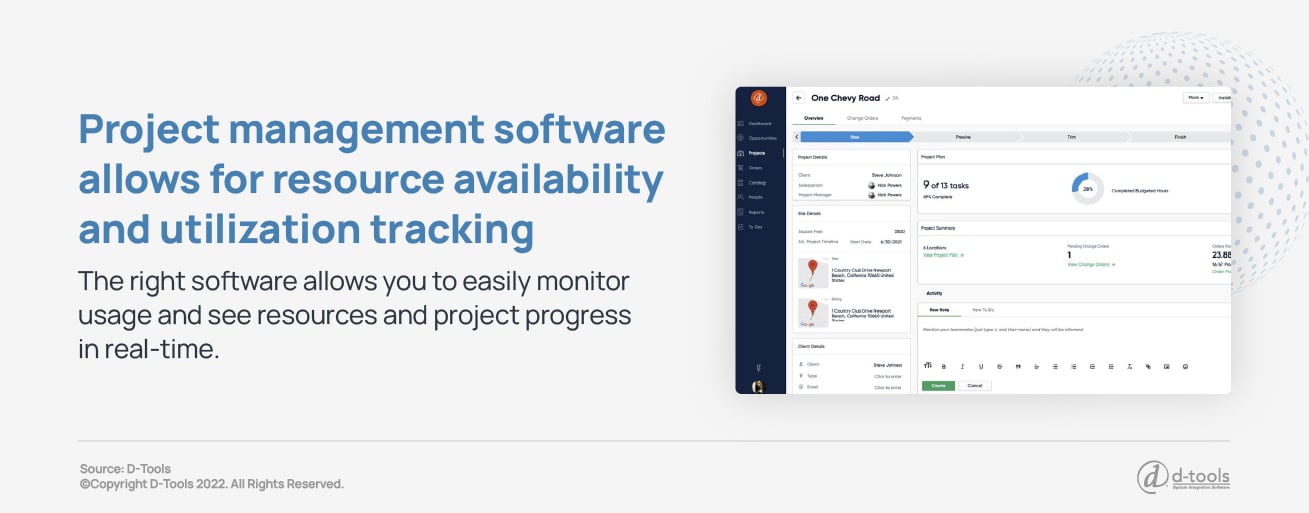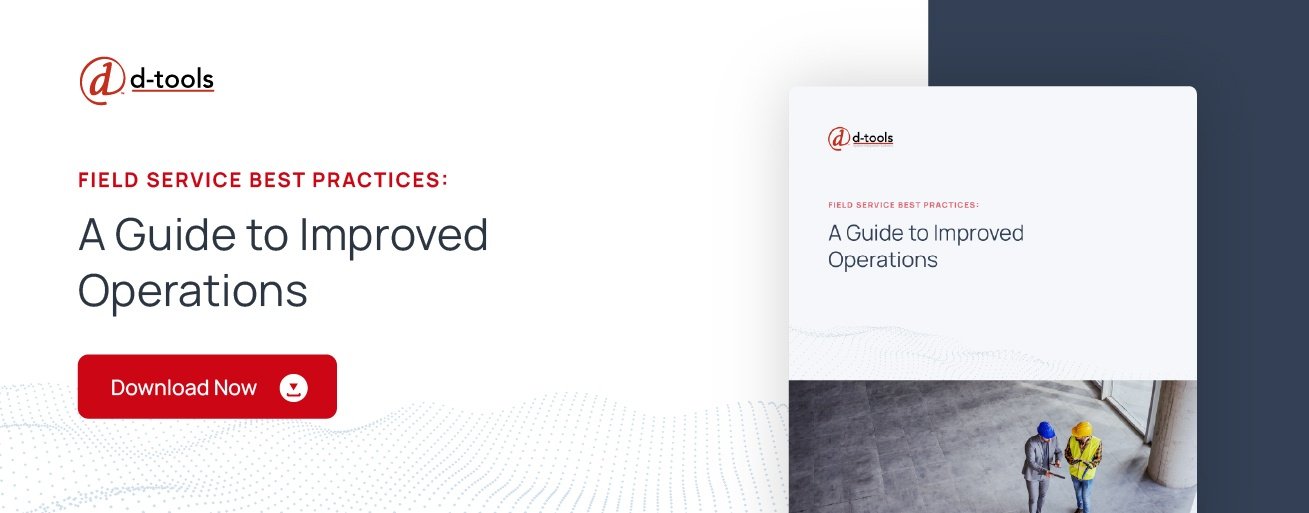Effective and accurate resource allocation is essential to the success of any project. Not only does it help keep tasks within a project moving along on schedule, it also makes complex projects easier to manage.
Many approaches to resource allocation exist, but three methods are used most often and are thought to be most effective. Whether you adopt one of these approaches or a combination — ensuring your project is properly allocated to the right resources is key to its success.
These three resource allocation methods provide specific guidance and steps to help you determine how to best assign resources:
Method #1: Critical Path
The critical path method (CPM) of resource allocation is a method that assists in planning a project from start to finish by determining the resources that will be needed in each phase. This resource allocation method takes a preemptive approach, helping to identify details early on in the project to avoid problems and resource reallocation later on. It’s important to note that this method is most effectively used on more predictable projects. 
Step 1: Build a Project Model
When using CPM, build a project model that includes:
- All of the tasks necessary to complete the project
- Any dependencies that exist between each task
- Approximately how much time each task will take to complete
Step 2: Outline the Critical Path
The critical path consists of the top-priority tasks that need to be completed on time to keep the project moving forward on schedule.
These critical tasks are often dependencies of other tasks. A hold-up in one area could delay the entire project. This would be considered a top-priority task in the project’s critical path.
>> Related Read - Project Resource Management: 4 Factors to Consider
By outlining the critical path of a project, you’ll understand which tasks need to be prioritized and most supported with the resources that are needed for completion. You can project the necessary resources for each task and ensure that they’re available. You’ll also be aware of which tasks you need to be monitoring most closely during each project phase, and you’ll already have a clear idea of how resources will be utilized during the project.
Step 3: Understand the Disadvantages
There are some disadvantages to the CPM. The critical tasks in a project aren’t always the tasks that are most important to its success. Rather, these are tasks that will hold up the completion of a project if they’re not completed on time. It may also be important to carefully monitor activities occurring outside of the critical path and ensure each has its designated resources needed to be successful.
The CPM approach also assumes the availability of unlimited resources, which is rarely the case. When resources are limited, unexpected delays are common, which can negatively impact your entire project..
While the CPM approach works well for straightforward projects, chances are your project will get complex as it progresses. You may encounter situations where your schedule changes, activities are delayed, or there are new constraints on your resources. These situations may change your critical path and require adjustments to your initial predictions and resource allocations. While the CPM approach can work well, it lacks some flexibility and you’ll need to be prepared to alter it if your project changes.
>> Related Read - Resource Management: 10 Tips for Success
Method#2: Critical Chain
The critical chain method (CCM) is closely related to the CPM. When using CCM, establishing a project schedule up-front will help identify any that includes any resource limitations. The primary goal of CCM is the same as the CPM: to establish a path that will help a project meet its completion deadline. But with CCM, incorporating resource limitations may make the path more realistic and accurate, avoiding unforeseen resource delays.
CCM can be leveraged as a sole resource allocation approach, or paired with the CPM for a better balance of resource availability. This pairing results in a more data-driven approach.

The CCM focuses on resource availability while a project schedule is in progress. This is why it’s important to identify any steps within the project that could delay its on-time completion. This will also help identify any additional resources needed to finish the project successfully. Like CPM, CCM starts with identifying both critical and non-critical tasks which are sorted by chains to guide a project's progress. As the chain schedule is established, buffers (safeguards that help ensure a project runs smoothly even if unforeseen obstacles and delays are encountered) should be put in place.
Most CCMs incorporate several types of buffers:
- Project buffers are placed between a last task and the project’s ultimate completion date to help absorb any delays that occur earlier on in the project. This extra time helps ensure that the project completion date remains unchanged, and affords extra time to account for unexpected delays.
- Feeding buffers are placed between the last task on the non-critical chain and critical chain tasks. The buffer gives extra time on non-critical tasks, ensuring they won’t delay any of the critical tasks that can significantly alter a project’s completion time.
- Resource buffers are inserted in the critical chain. These buffers help make sure critical resources are available — like staff time and equipment — for each critical task. This resource availability helps keep projects moving forward on time.
CCM Pros & Cons
The CCM approach is sometimes more realistic than the CPM, especially when working with limited project resources. Since CCM is more complicated, a deep understanding of resource planning and allocation is a must. While this requires a bit more detailed planning, it can pay off with a project running much more smoothly.
Method #3: Resource Leveling and Smoothing
While CPM and CCM can help with proper resource allocation, projects have a way of evolving (and the resource needs can change right along with it). Resource leveling and resource smoothing can help accommodate those changes.
Whether resource needs have increased or limited resources are available, altering the project’s schedule can help solve the issue. Delaying a project’s start time or extending its completion date can help supplement time and equipment needs. This approach is called resource leveling.
For fixed project deadlines that can’t be altered, resource smoothing may be a better approach. Focus is spent ensuring that all critical tasks have the resources needed to keep the project on deadline. Optimizing resources within the time constraints of the project is an important consideration if taking this approach.
How Project Management Software Helps with Effective Resource Allocation
While these resource allocation methods focus largely on the beginning of the project, it’s essential to monitor the project’s progress and resource utilization throughout its duration. This careful monitoring can help track how accurately resources are being used, and identify changes to resource needs.

A system designed to monitor a project’s tasks and phases is the most effective method for tracking. Project management software allows for resource availability and utilization tracking. Resource lists and digital staff timesheets means usage can be easily seen and monitored. This digital format also lets users see resources and project progress in real-time, enabling the quick identification of resource usage or supply issues. When these potential problems are caught early on, users can take steps to address them before becoming large issues that could delay the project.
With the right software, tasks are easily organized and identified, and resources are appropriately tracked and managed across multiple projects.
In addition to sales support, D-Tools Cloud now features a suite of project planning tools ideal for resource managers, project managers, and more. Both D-Tools Cloud and System Integrator include resource management, scheduling, task assignments, time tracking, and more, so the information you need to manage resources will always be easily accessible.





